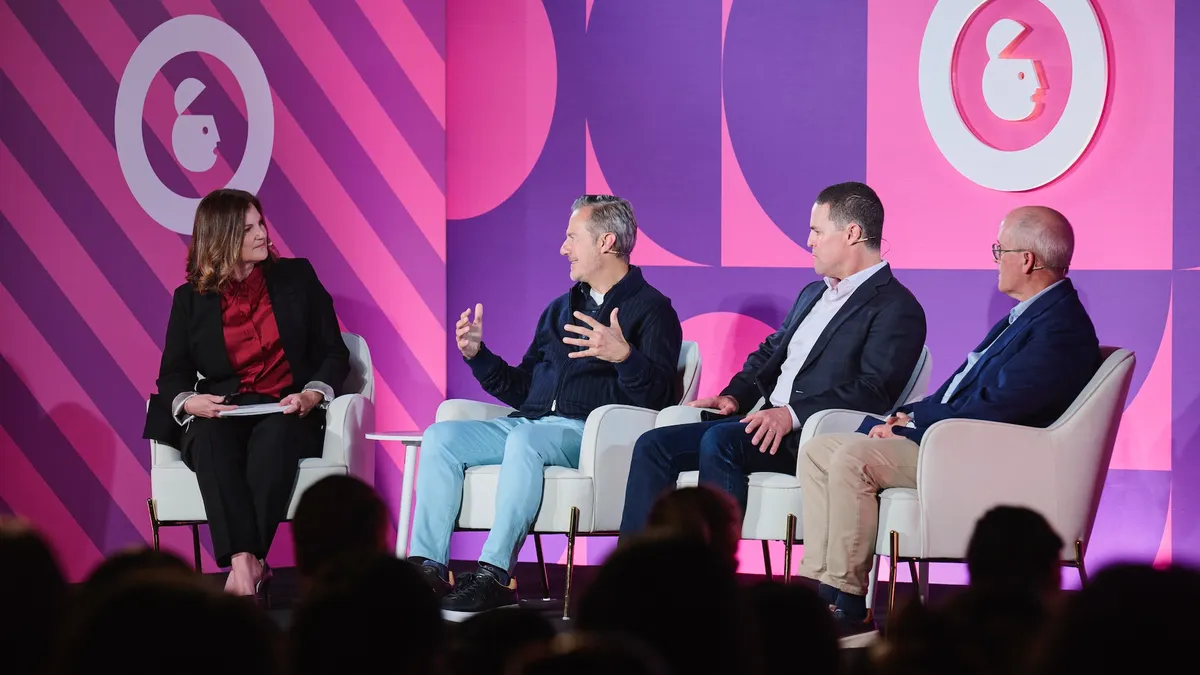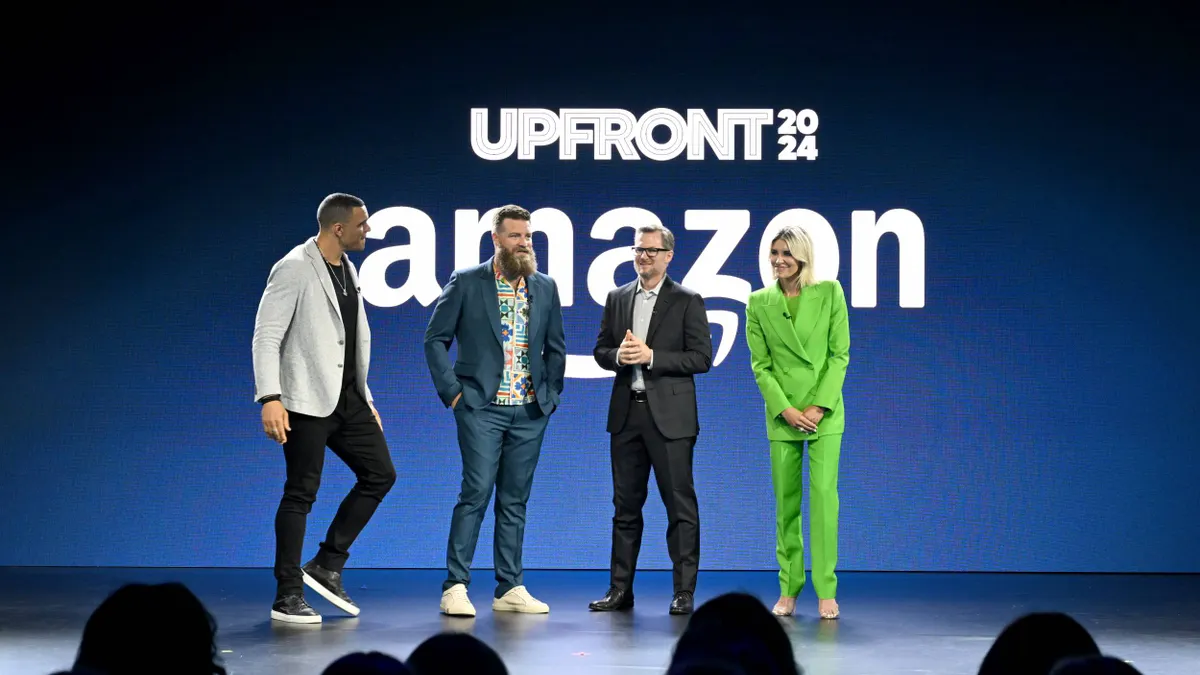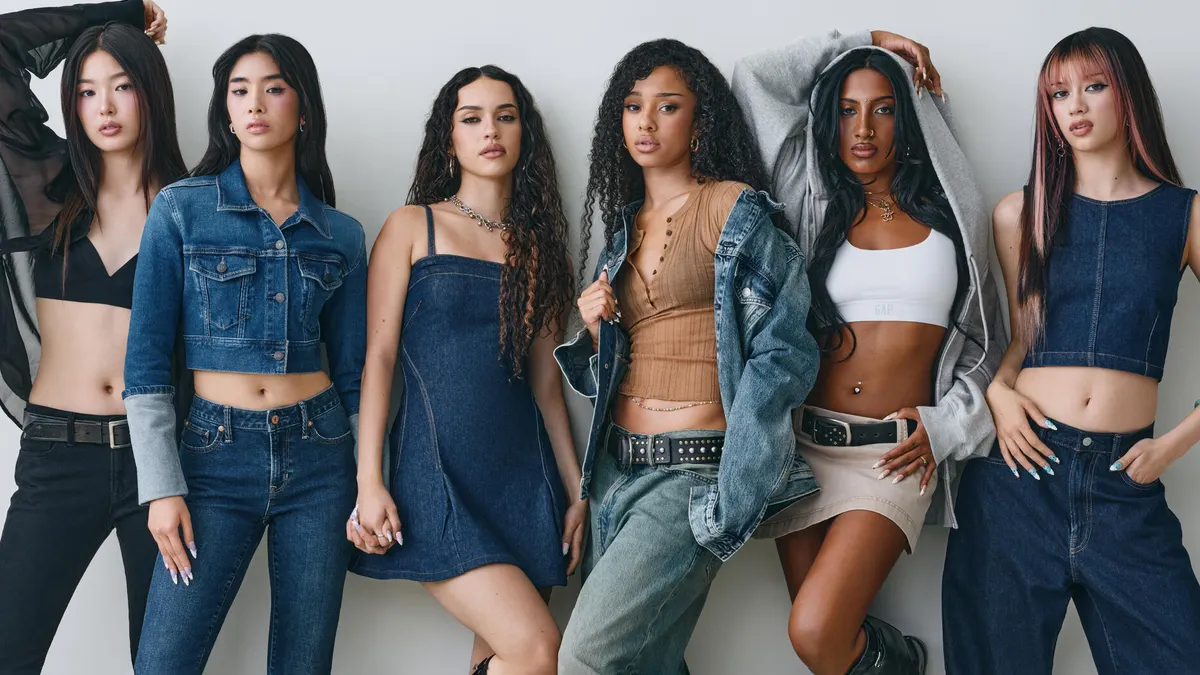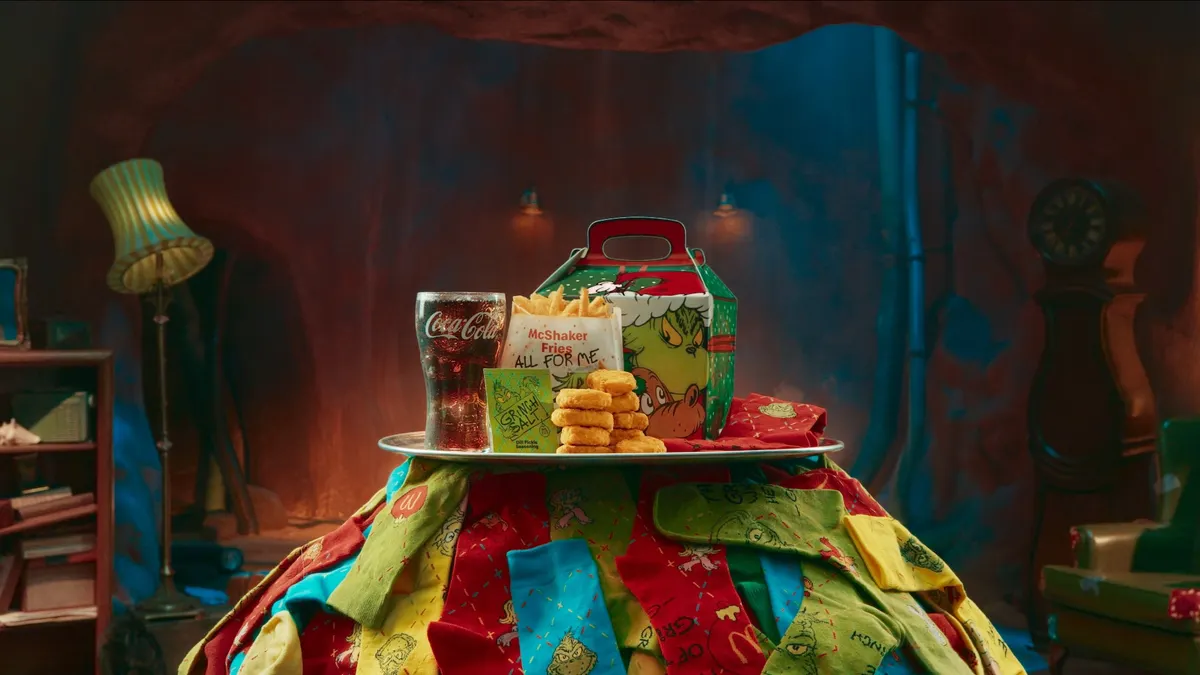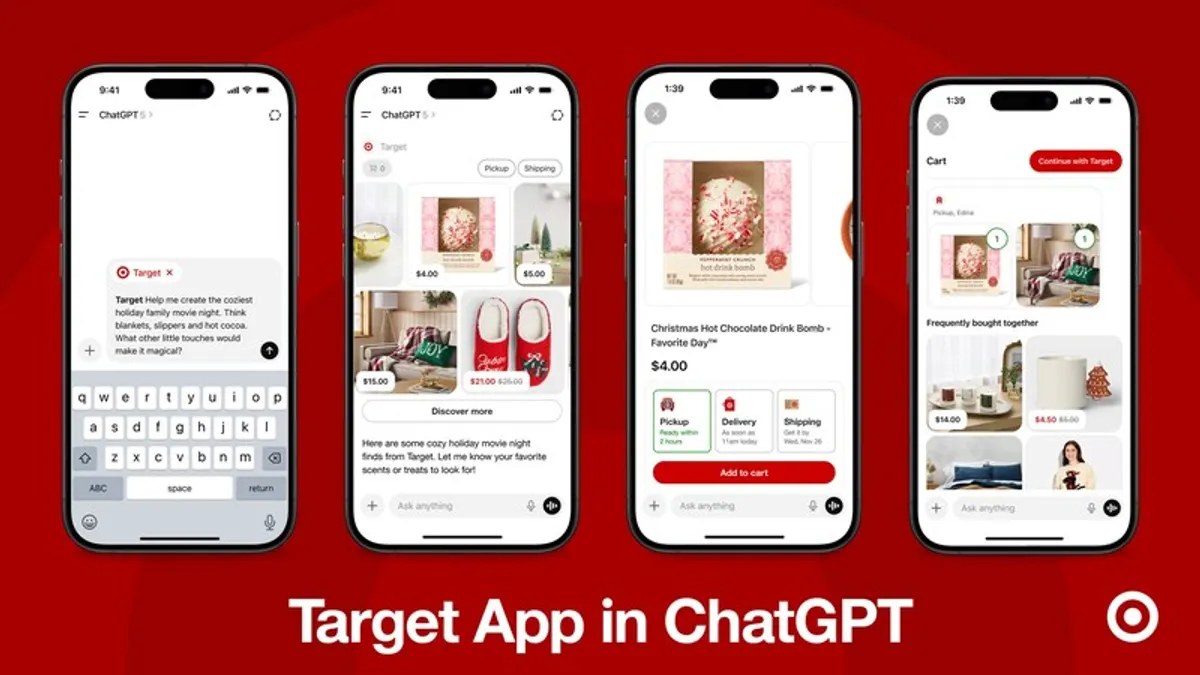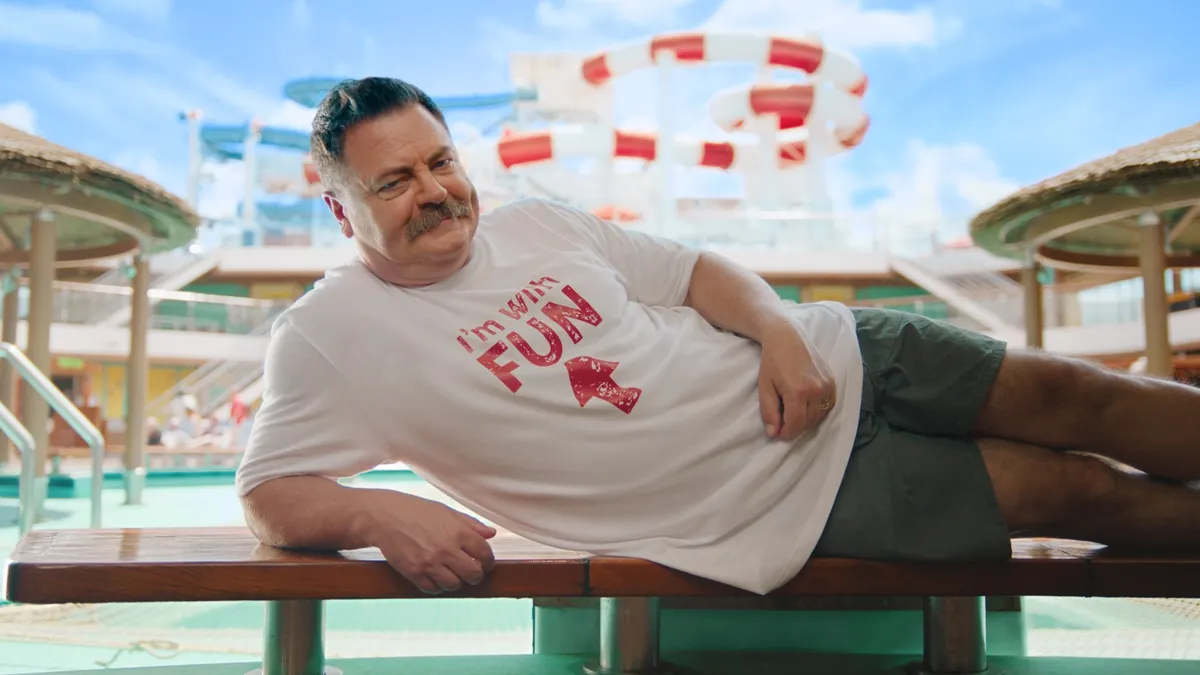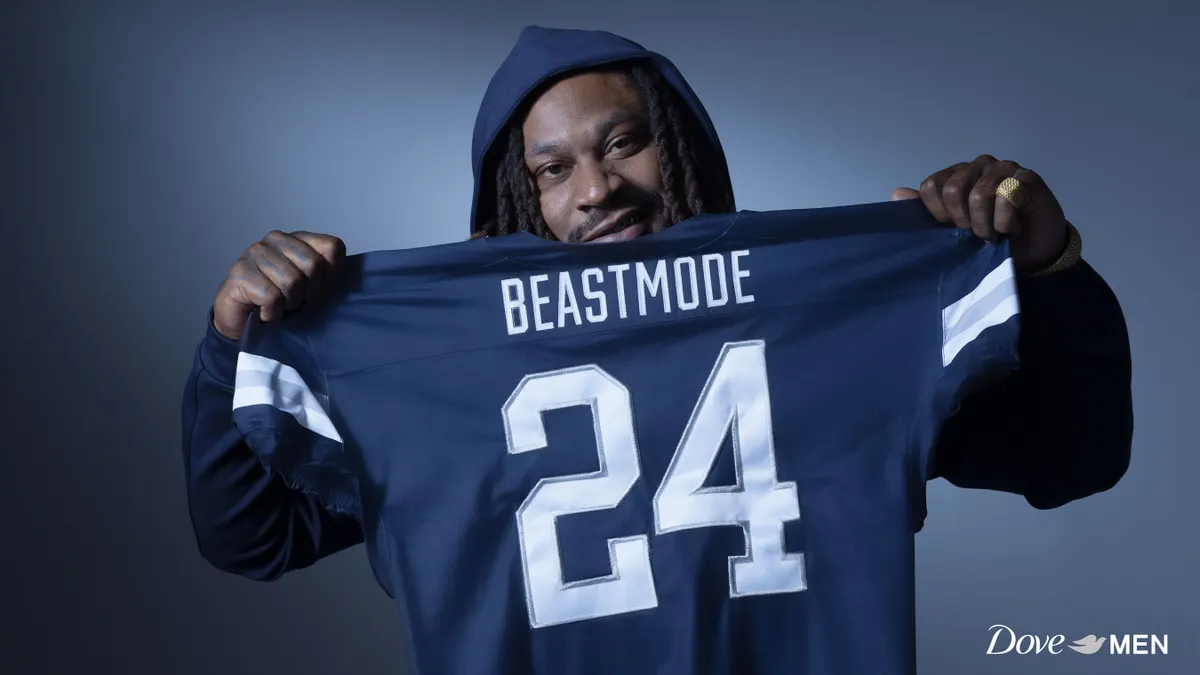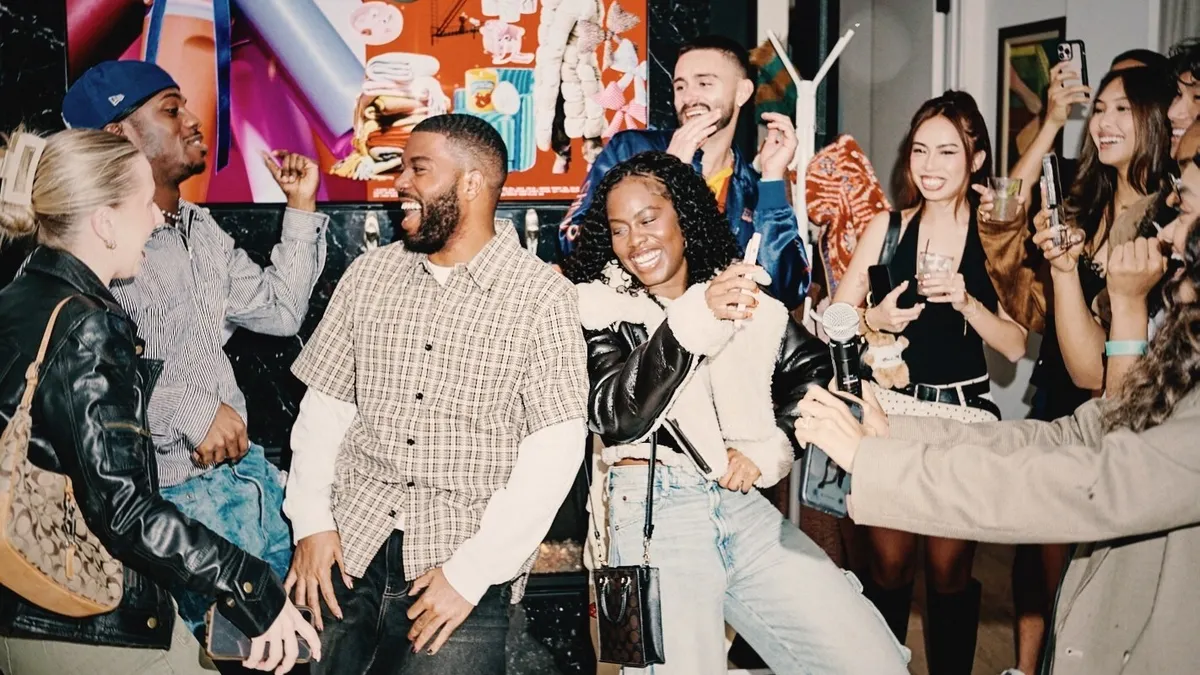NEW YORK — Despite years of innovation and investment, the push continues for more accurate and effective measurement in advertising, whether brands are assessing viewership across linear and digital channels, attribution across walled gardens or the connection between exposure and outcomes. Some would even say solutions have gotten more complicated as fragmentation hits just about every part of the media-advertising ecosystem. The reality is that marketers still haven’t completely figured out measurement, according to Keurig Dr. Pepper CMO Drew Panayiotou.
“The misconception is that we know for certain, to the penny, what we get when we put $1 into marketing,” Panayiotou said during a panel discussion at Advertising Week New York on Wednesday. “The answer is that we feel confident — plus or minus ten to fifteen percent across disparate and disconnected tools – that it's working.”
Measuring ad effectiveness around key areas like sports investment — the topic of the panel — is still a ways away, due to the presence of walled gardens and media fragmentation. Even the millions of viewers who turn into live football games can be streaming across a variety of platforms, devices and channels — further complicating attribution.
“Everyone wants [attribution] to be deterministic measurement — we did A and we got B and and in between the A to B, something's deterministic,” said Panayiotou, who was appointed CMO of U.S. refreshment beverages about a year ago. “Sixty percent of ROI in our space is driven by the message, and forty percent is driven by all the other stuff — getting the message to the right person, the right place, the right channel. As we think about attribution, we're trying to unpack both of those issues.
Panelists also included executives from Disney, the NFL and measurement company EDO.
As an example of the complexities in measurement, Panayiotou pointed to Keurig, the company’s brewing system that is in 43 million households and is a business driven by a handful of major retailers. Keurig Dr. Pepper does not own the brand’s sales funnel, but instead relies on retailers like Amazon and Walmart that have powerful retail media operations that can better demonstrate a deterministic relationship between top-of-funnel exposures and bottom-of-funnel sales.
As they chase measurement and attribution, marketers should be careful what they wish for, said Kevin Krim, president and CEO of EDO.
“If you choose to focus on the bottom of the funnel as marketers, as media owners or especially as agencies, be careful, because at the bottom of the funnel, there's a lot of people who want to take credit and a lot of people who want to deflect blame,” Krim said during the panel discussion. “Frankly, it's not marketing’s job alone to drive the sale. You've got all these factors that a company as sophisticated as Keurig Dr. Pepper knows all about: inventory, price, promotion, competition, weather… Those are all affecting the bottom of the funnel.”
Worth every penny
In a landscape where measurement and attribution remain unsolved, marketers have increasingly turned to live sports to connect with consumers. Keurig Dr. Pepper and Disney Advertising this year ramped up an ongoing collaboration with new initiatives around enhancing digital fan engagement during the college football season.
But at the same time that the cost of running ads during live sports has gone up, younger consumers have changed their behaviors around viewing and engagement. Gen Zennials, a key audience for Dr. Pepper, are engaging with creators and watching games simultaneously in a way that resembles the popular “Manningcast” series hosted by NFL greats Peyton and Eli Manning.
“The main thing has gotten more expensive… but then we can’t ignore the digital platforms where that engagement is happening with Gen Zennials, because they're the ones buying our products,” Panayiotou said. “It's a complicated web.”
Still, the opportunity for advertisers around live sports is often more than worth the high cost. Soda brands would have had to buy more than 48 regular prime time ads, including other live sports not on Disney, to get the same impact as a single 30-second spot during last year’s college football playoffs, per EDO data.
“That's a wins-above-replacement metric that helps you take something that's very hard to quantify — what's that 30-second spot worth? — and gives you a tangible benchmark against which to compare,” Krim said.
Fandom drives engagement
The opportunity in live sports was clear for Dr. Pepper, which is the presenting sponsor of the college football championship game. The brand saw 80% more engagement in that game than across all of its ads — and those of its competitors — during the rest of the year, per EDO data. For Dr. Pepper, sponsorship is important as the marketing community moves from the notion of a funnel to one of a flywheel, Panayiotou explained.
“There are things that we want to do that are deterministic, that drive performance and show the value of sales, but the other half of that is about how the brand is being present and connecting to culture,” Panayiotou said. “That is incredibly important for beverage brands — people are emotionally connected to the brand that they choose to consume.”
Dr. Pepper’s sponsorship is critical to creating a cultural connection between brand and consumer — a key part to driving not just sales overnight but brand over time, generating long-term value that is not always measured in quarterly earnings reports. Sponsorships also give the brand different opportunities to show up in media, whether in content featuring sports stars and media company talent or on-screen branding elements. Dr. Pepper’s best performing creative last year featured University of Texas quarterback Quinn Ewers and NFL legend Brian Bosworth as part of its long-running Fansville series.
“How do you weave many elements of engagement against fandom? We had the largest number of [name, image, likeness] deals that we've done: Fifty five college football athletes have a relationship with Dr. Pepper. They generate content for us around the games,” Panayiotou said. “That's part of maximizing this fandom with college football and our brand.”



